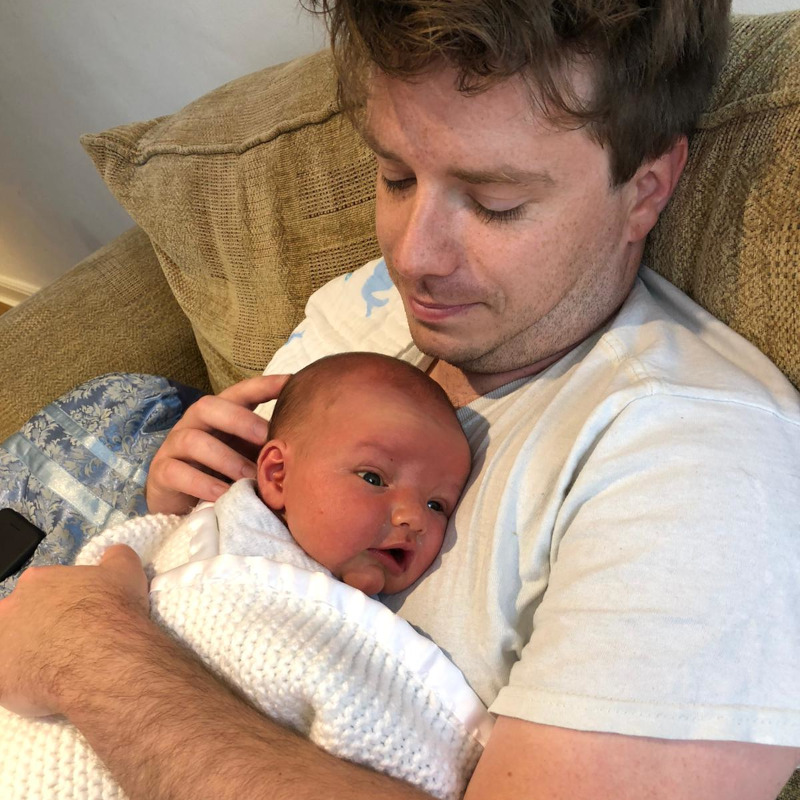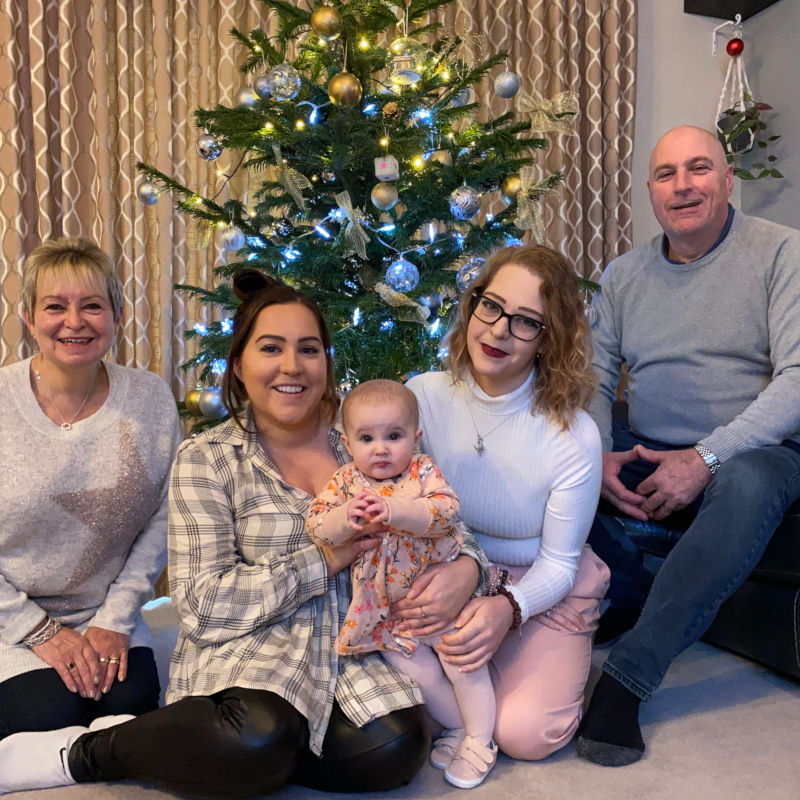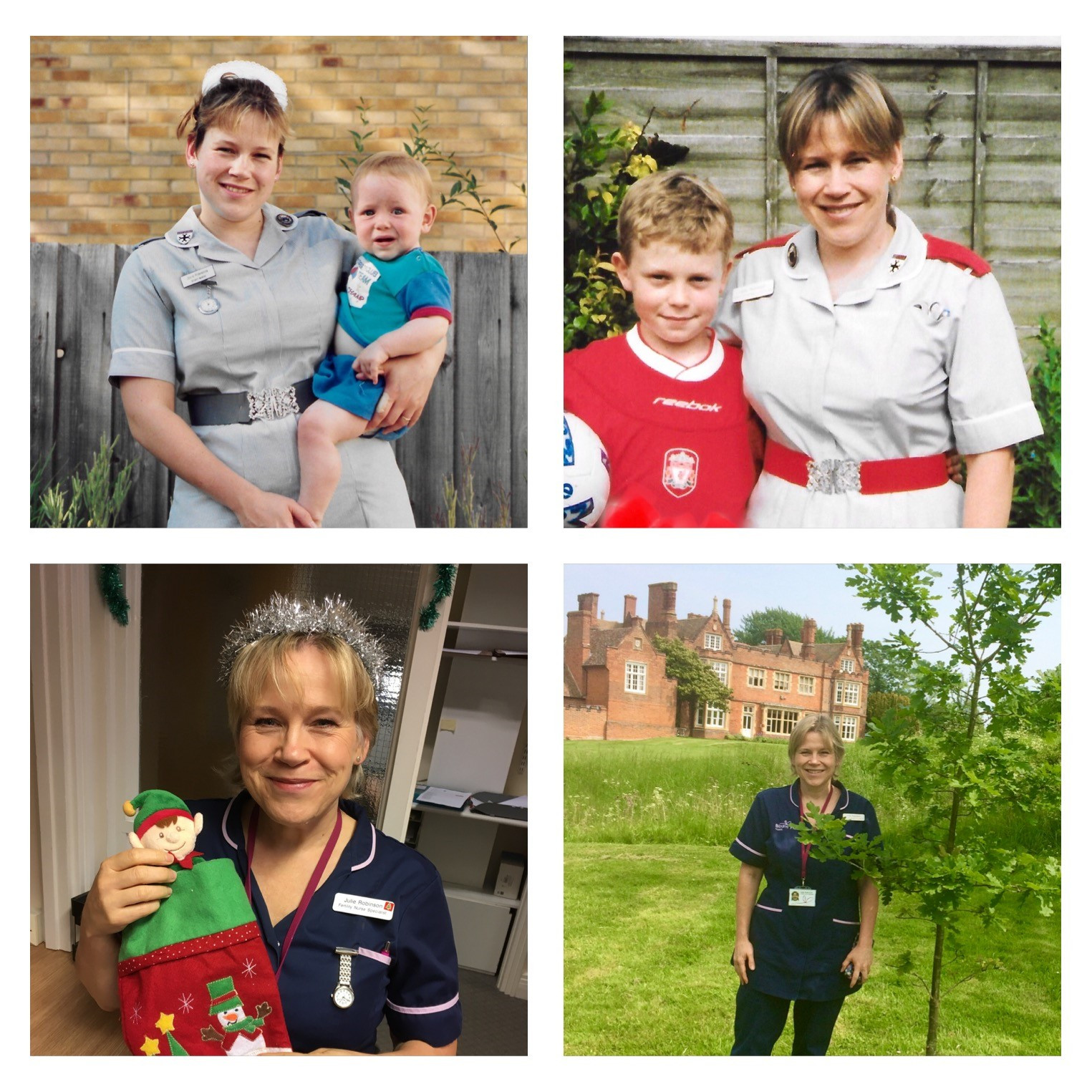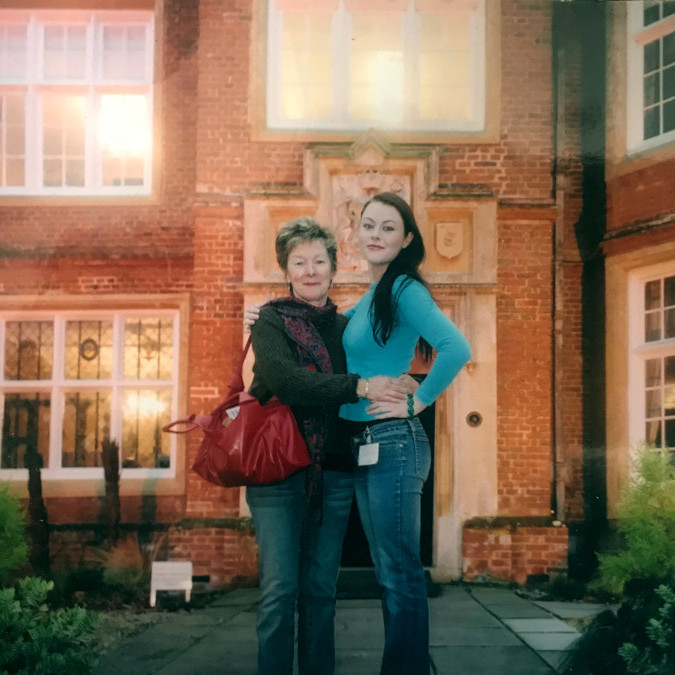Thirty years ago Irene Laird gave birth to her son Robbie Patrick the 2,500 baby born after successful IVF treatment at Bourn Hall. Seven weeks later an iconic photograph of her baby in the arms of IVF pioneer Professor Robert Edwards was splashed across the national newspapers. Irene, who recently celebrated becoming a grandmother, shares her amazing story.
Irene remembers distinctly when she went with her husband Rob to see her gynaecologist in the early 1980’s and was told she couldn’t have children: “To be honest the gynaecologist was quite brutal and told me that there was nothing he could do to help me conceive naturally, that I was completely infertile and would need IVF. It was a complete hammer blow to me.”
At that time IVF was only available in the UK as a private treatment despite the fact that the world’s first IVF clinic was at Bourn Hall, Cambridge UK, and some other countries paid for people with infertility to fly to the UK to have the procedure.
“There was still quite a lot of public ignorance about, and opposition to, IVF in the 1980s, and IVF children were still regularly referred to as ‘test-tube babies’. I knew very little about it,” Irene continues.
The couple managed to find the money for treatment and Robbie became Bourn Hall’s 2,500th IVF baby. Irene and Rob named their son Robbie. His full name is Robert Patrick Peter – after IVF pioneers Robert Edwards and Patrick Steptoe and obstetrician Dr Botros ‘Peter’ Rizk. “We were just so grateful to everyone who helped to create our son and I was acutely aware that IVF had become available at just the right time for us,” says Irene.
To help make IVF more widely available, Irene agreed to support the IVF pioneers Robert Edwards and Patrick Steptoe in taking the fight to the highest levels.
Irene continues: “Our IVF baby Robbie was only seven weeks old when we were asked if we would be happy to talk to the media about what IVF had meant to us.
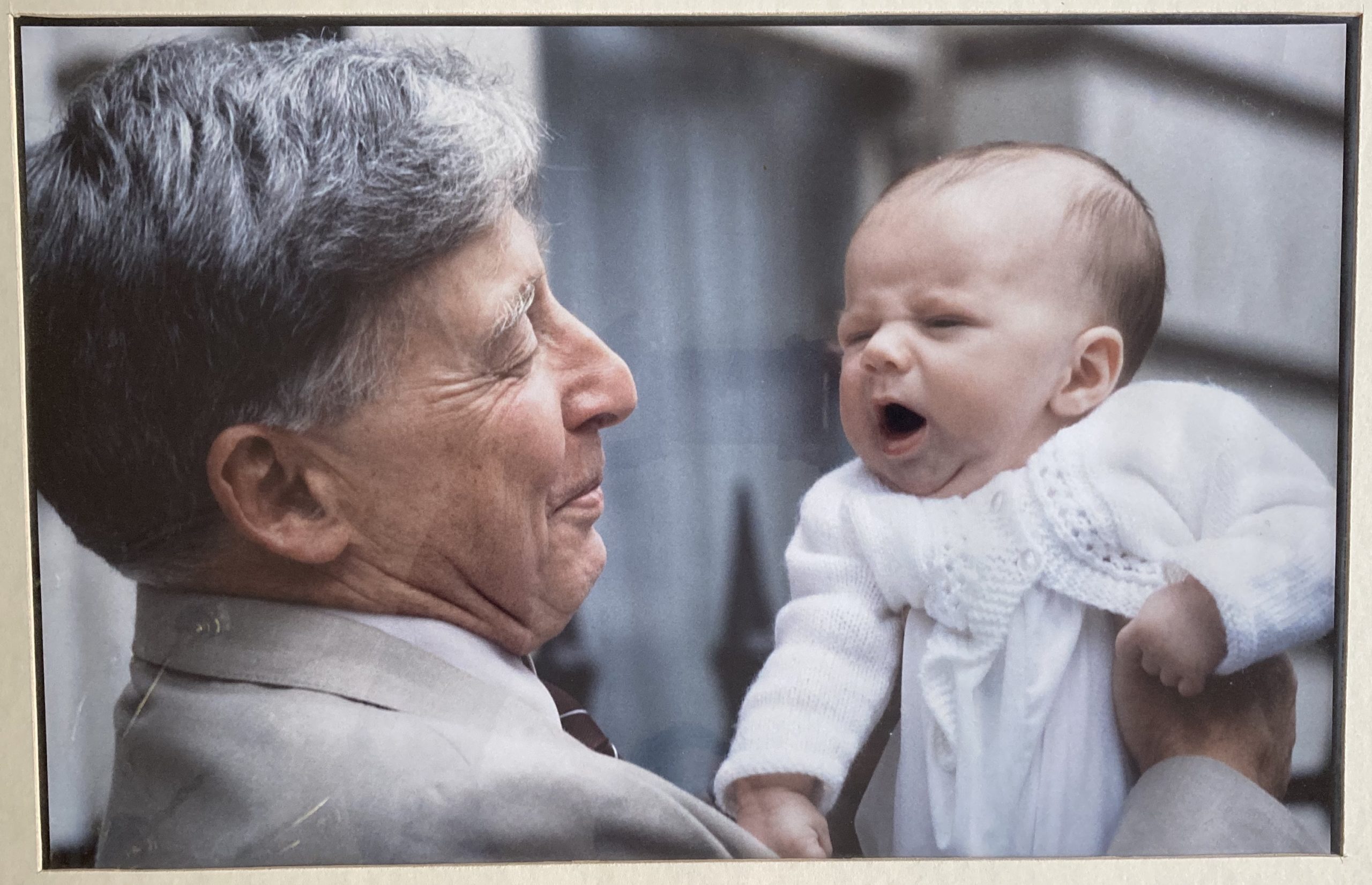
“We felt it was really important to promote IVF as well as the research into embryos as there was a very real danger that embryo research could be stopped in its tracks. Not only did the research help couples struggling to conceive, like ourselves, but it also helped to diagnose genetic diseases.”
The interview was to be used to support a story about a Bill being debated in Parliament to introduce the regulation of embryo research and fertility clinics. As part of the media campaign a seven-week-old Robbie had his photograph taken at Bourn Hall, held aloft by a smiling Professor Robert Edwards The photo was used by a number of national newspapers.
The Bill was passed and became The Human Fertilisation and Embryology Act 1990, and as a result the Human Fertilisation and Embryology Authority was established to regulate human embryo research along with monitoring and licensing fertility clinics in the UK.
The photograph of Robbie and his namesake are still synonymous even to this day with the history of IVF: when Professor Sir Robert Edwards died seven years ago the photograph of him with Robbie was used alongside a tribute in The Guardian. A framed copy has pride of place at Bourn Hall and a few years ago Irene and Rob were astonished to find one of the pictures on display when they visited the Nobel Peace Centre in Oslo.
“Women’s problems” not considered important in 1960s
“I was 27 when Louise Brown was born so I remember it very well, but it didn’t occur to me for a minute that IVF would be something that I would need,” says Irene.
Irene says that when she was a teenager ‘women’s issues’ tended to get brushed under the carpet: “I had always struggled with heavy and painful periods, and as a teenager I would sometimes be doubled up in pain at school in PE lessons, but in those days you just got a slap on the back and were told to get on with it.”
Painful and heavy periods can be symptoms of the conditions endometriosis and polycystic ovary syndrome, both of which can affect a woman’s fertility.
“This might be difficult for a younger person today to understand but when I was growing up in the sixties it was much more difficult to discuss those kind of things with family doctors who tended to be quite ‘old school’. I just took it for granted that one week out of the month I would be incapacitated and uncomfortable and that was my burden.”
It was not until her thirties, when attitudes to birth control and female health had changed, that she had the courage to ask for tests, which revealed that she had a blocked fallopian tube that would hinder her ability to conceive. It was devastating news for Irene who knew that, with the right person, she really wanted to have a child.
When she was 33 Irene met her second husband, Rob, who already had two children and wanted another with her.
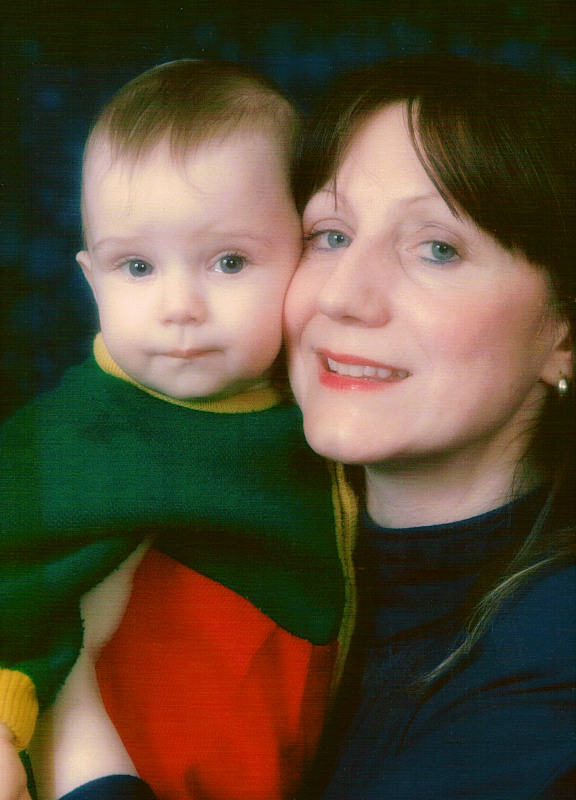
Treatment at the world’s first IVF clinic
Professor Robert Edwards, who co-founded Bourn Hall Clinic, had argued for many years in favour of IVF being available on the NHS but this did not happen until many years later.
“We were just an ordinary couple,” says Irene. “We had bought our house in South Croydon for £52,000 and in 1985 the price of IVF, which in those days involved being an in-patient, cost £2,000 plus extras for subsistence.”
The couple managed to find the money and in 1985 Irene and Rob made their first 170 mile round-trip from their home in Surrey to Bourn Hall near Cambridge.
Irene says: “When we arrived at Bourn Hall there were so many different nationalities in the early days and it was so interesting to discover that a lot of the patients from abroad were having their treatment funded by their own governments; it seemed as though the only patients not getting any financial help were the British. We took out a bank loan to fund our first treatment and after that we used our credit cards. I did meet people there who could only afford to have one cycle of treatment.”
Experts at Bourn Hall were responsible for developing many of the drug protocols for IVF which are still used by IVF practitioners around the world today – and as more patients had treatment, the more data was available to be collated and lessons learned.
“My first four treatments didn’t result in a pregnancy and Bourn Hall tried all sorts of things to establish why the IVF wasn’t working; it turned out that my hormone levels were not doing the right things at the right times of the cycle. For my fifth attempt I had to inject myself every day. I do believe that those of us who had treatment in the early years were pioneers ourselves, really, helping to pave the way for the many millions of couples who have had treatment since.”
Irene remembers IVF pioneer and Bourn Hall co-founder Patrick Steptoe making his daily checks on the women who were being treated and staying as in-patients. “He was the old-school type consultant. You had to be ready, all showered, hair brushed, with your bed made and pillows plumped. He would look at your notes and you would be waiting like a schoolgirl whether or not he appeared to approve,” she laughs.
Welcoming arrival of a ‘precious baby’
Irene was 38 when her fifth IVF treatment worked and she became pregnant. Experiencing infertility in the 1980s had felt like a very lonely experience. “My mum had died when I was 16 and I had only confided in one friend about our attempts to get pregnant,” she says. “Thirty years ago the probability of getting pregnant on your first attempt at IVF was much lower than they are now and we could only afford to have one cycle a year. I was already in my mid thirties when we started treatment and it was stressful getting older. I would panic every year knowing that as I was reaching my late thirties my chances of success were getting slimmer.”
Irene was ecstatic at finally getting pregnant but was dealt a further blow when nearly three months into her pregnancy she lost a lot of blood. She had been expecting twins and feared she had lost them both. Sadly she had miscarried one of them but the remaining twin had survived and on 31 March 1990 Irene gave birth to a baby boy – just nine months before she turned 40.
“I had been through a lot to get to this point but when I held my son in my arms I felt like the luckiest woman alive,” remembers Irene. “It was then that I spotted that at the top of my medical notes the term ‘precious baby’ had been handwritten. I was very touched by that, I thought it was very kind.”
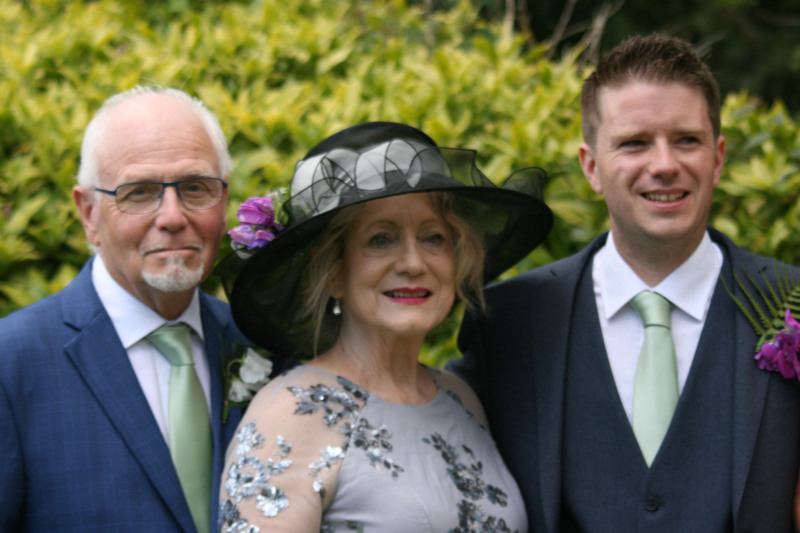
Irene becomes a grandmother and fulfils her dream
Irene didn’t tell Robbie that he was an IVF baby until he was 17. “He was showing off in front of a friend and said to me jokingly ‘oh you never wanted me’ like many teenagers do.
I laughed and said ‘I never wanted you?’ and then proceeded to tell him the story of how he was conceived and showed him all the press cuttings of him with Professor Edwards. He was completely taken aback but actually also really proud and when Professor Edwards was awarded the Nobel Prize, Robbie sent him a card, and then also sent a card of sympathy to the family when Professor Edwards died.”
Robbie grew up and went to university to study politics, before gaining a Masters in International Relations.
Now aged 30, he is married to Georgina and this year, during lockdown, the couple welcomed their first child, Theo, much to the delight of proud grandparents Irene and Rob.
Pioneers remembered
“There must be so many of us early patients who are becoming grandparents now,” smiles Irene.
“I really feel for anyone who struggles with their fertility because unless you have walked in someone’s shoes and experienced it first-hand you cannot understand what if feels like.
“I am going to be 70 at the end of the year and to have become a grandma at this stage in my life is amazing – I owe so much to the wonderful people who pioneered IVF. “
